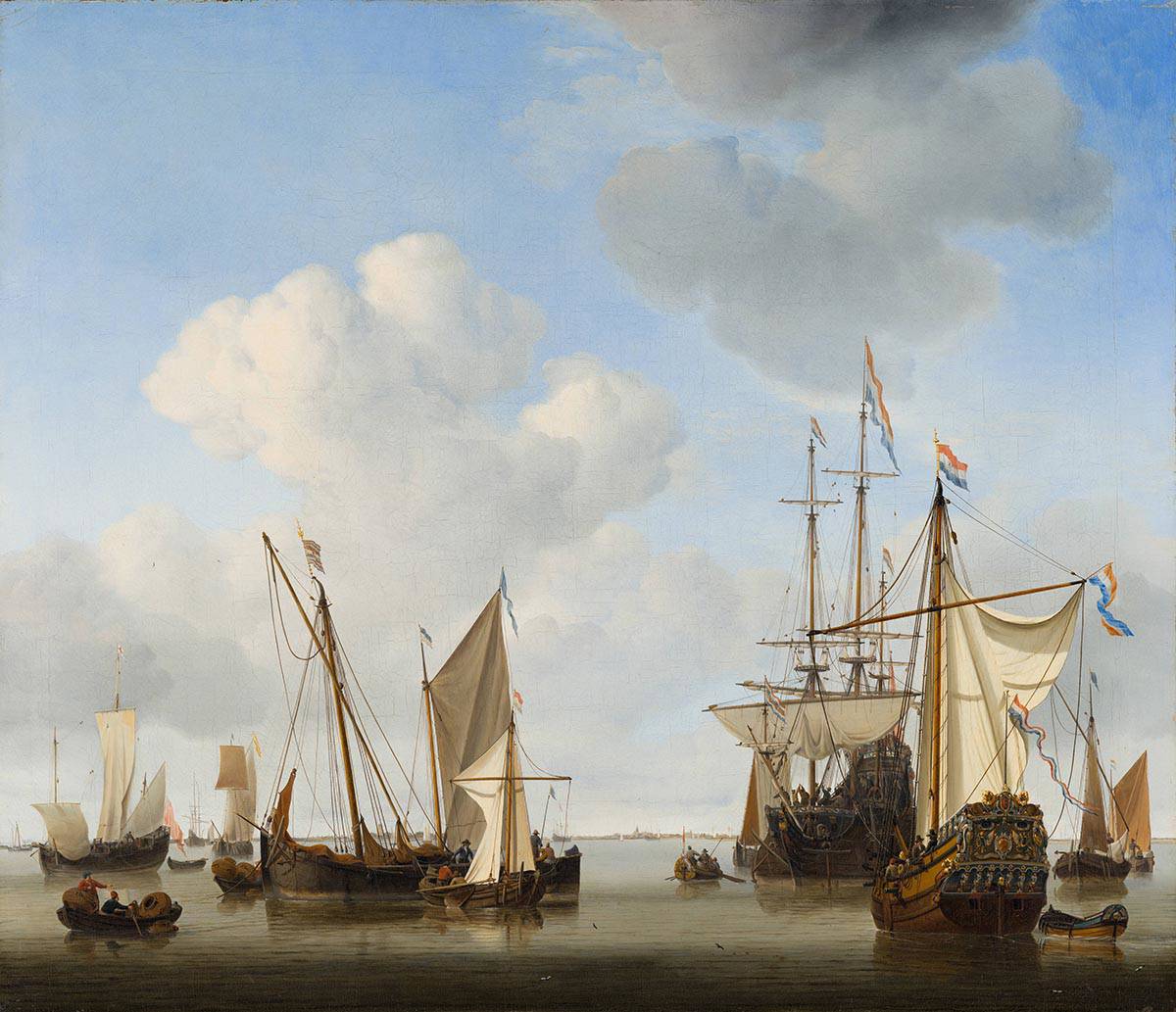
From calm waters to towering waves: the sea is different every day. In the 17th century, the sea became a popular subject among painters. No wonder: in those days, the Netherlands was a seafaring nation, and the sea was everywhere. Painters like Willem van de Velde and Jan Porcellis brought this subject to life. Their seascapes show the beauty of the sea, as well as how dangerous and unpredictable it can be.












